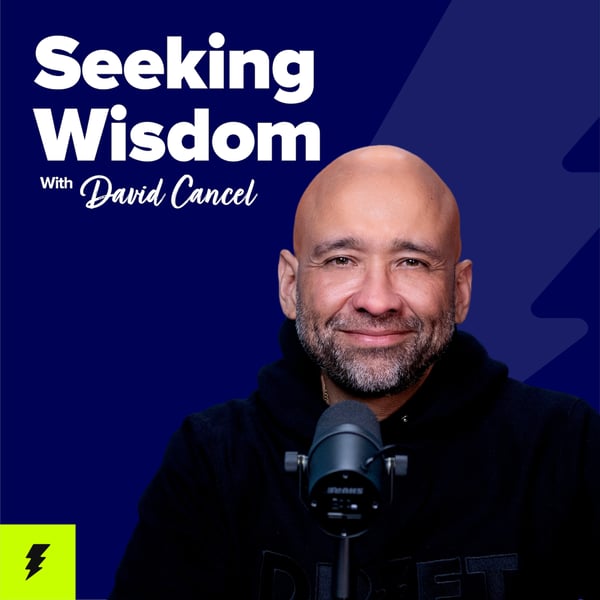#Build 8: Pluralsight’s Nate Walkingshaw on Why The Secret to Hypergrowth Is Building a Product with Empathy
Seeking Wisdom with David Cancel
Molly Sloan
5 • 610 Ratings
🗓️ 12 October 2018
⏱️ 32 minutes
🧾️ Download transcript
Summary
Transcript
Click on a timestamp to play from that location
| 0:00.0 | Welcome to Build today. |
| 0:12.8 | I have a really special guest, Nate Walkingshaw, from Pluralsight. |
| 0:16.4 | He's the chief experience officer at Pluralsight. |
| 0:19.2 | He's the author or the co-author of The Book on Product Leadership. Yeah. And super excited to have him here. Yeah, thanks. No, thanks for having me. I'm pumped. Yeah. So there's a lot of stuff I want to get into, especially on your take on products and product outcomes. But first, I would love to hear your story of how you got from being an EMT to a |
| 0:38.4 | chief experience officer. Yeah. So long story short is I did never think I would be in product |
| 0:46.3 | management. I didn't think I'd be the chief experience officer. Like if you looked at who I was then, |
| 0:50.4 | like patient care, even to this day is one of the most important things that I love, |
| 0:55.4 | and I loved about being an EMT back in the day. But yeah, I started out as an emergency medical |
| 1:00.6 | technician. I worked in the field for five years, full time. And that's just being in the ambulance |
| 1:05.9 | saving lives. Yeah, that's right. Yeah. Yeah, I mean, what was crazy is that that's the whole |
| 1:11.0 | reason empathy, that's my origin story, is the reason why I feel like I'm a much better product |
| 1:16.8 | leader or product manager is because, you know, there's this moment in the back of the ambulance |
| 1:21.8 | that is really tender and helps you see things from really affluent to really marginalized communities |
| 1:29.9 | and the problems that are kind of each person is faced with that you begin to unpack |
| 1:35.8 | and understand at a really young age. It changed my life forever. It sent me on a totally different |
| 1:39.8 | trajectory. But that why I ended up here was more about when I was in fire and EMS, there are just a lot of |
| 1:47.1 | opportunities to invent things to help us, help the EMTs. So while you're in the ambulance, |
| 1:53.2 | we're thinking of ways that you can make it more efficient. There's tons of stuff going on back |
| 1:56.2 | there. It's like, man, this industry has not like had any like looks for for 20 30 40 years and essentially like |
| 2:03.2 | our ambulance caught was a folding ironing board and like healthy people don't call 911 and so you know |
| 2:09.3 | you're going on all these calls you know you do six to 11 calls per day and sure enough a lot of the |
| 2:14.7 | partners that I had were going to light duty because of back injuries and that that's where I started inventing products to solve those problems. So did you have a background in R&D or was just like tinkering, just coming up the stuff? Yeah, nothing whatsoever. I mean, literally, I drew it out on a napkin. The cool thing about the fire and EMS space is that, look, you have to work 10 days a month. like it's a Kelly schedule normally. So if you're 10 days or maybe it's 248s or whatever, most of us are working second jobs. Right. And so a lot of the people that I worked with that were working second jobs, landscaping, mowing lawns. But one of these firefighters that I knew super well was actually he owned a machine shop. |
... |
Please login to see the full transcript.
Disclaimer: The podcast and artwork embedded on this page are from Molly Sloan, and are the property of its owner and not affiliated with or endorsed by Tapesearch.
Generated transcripts are the property of Molly Sloan and are distributed freely under the Fair Use doctrine. Transcripts generated by Tapesearch are not guaranteed to be accurate.
Copyright © Tapesearch 2025.

